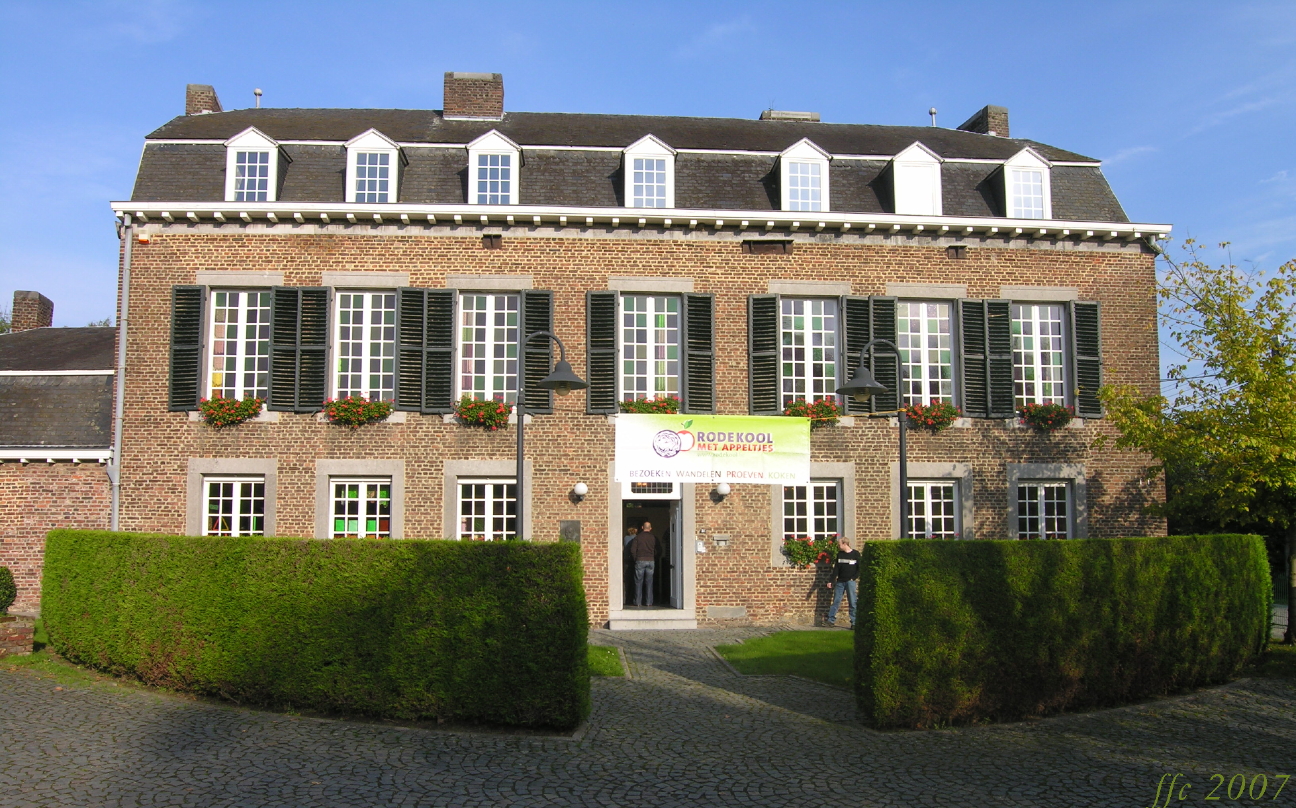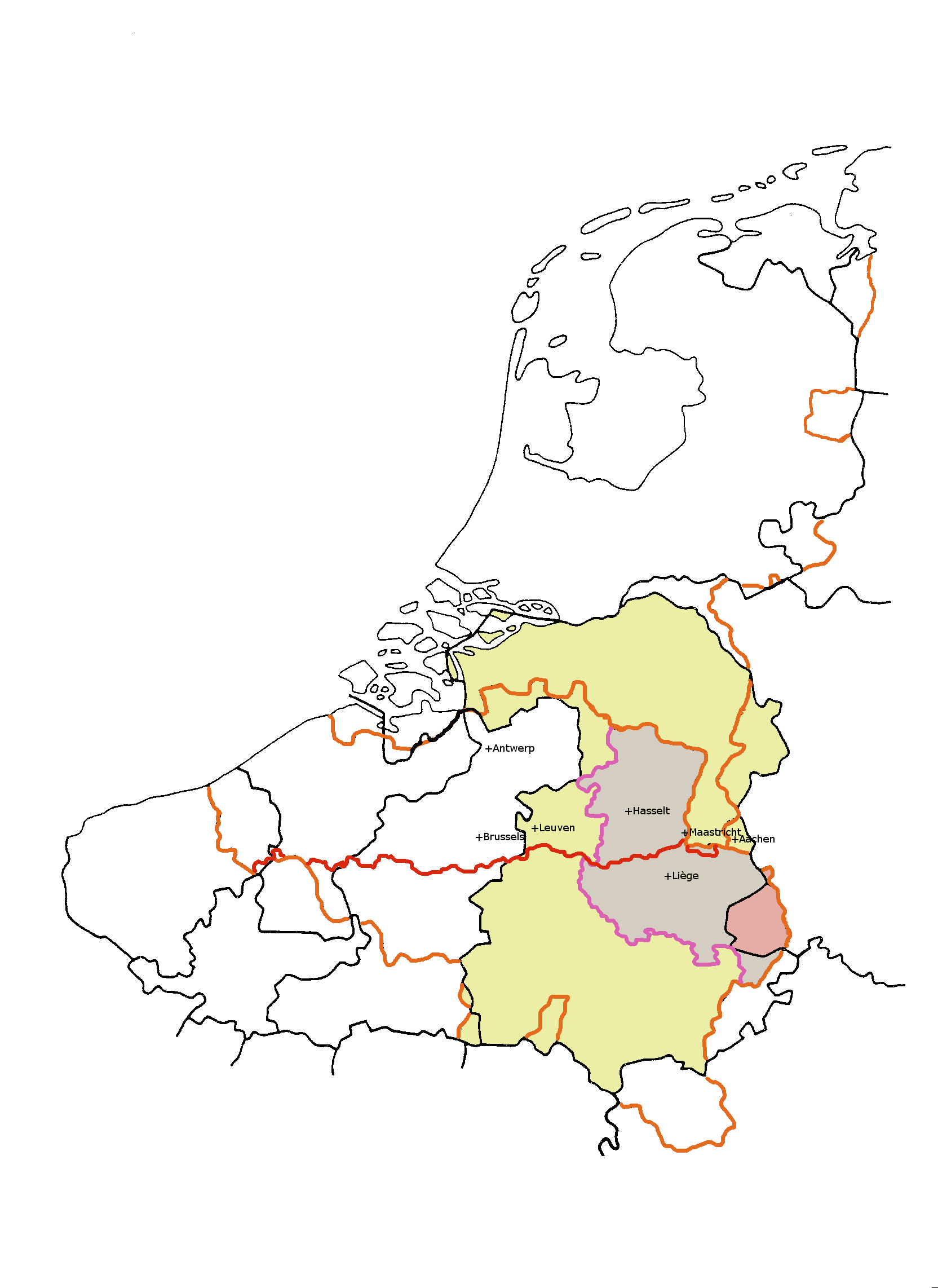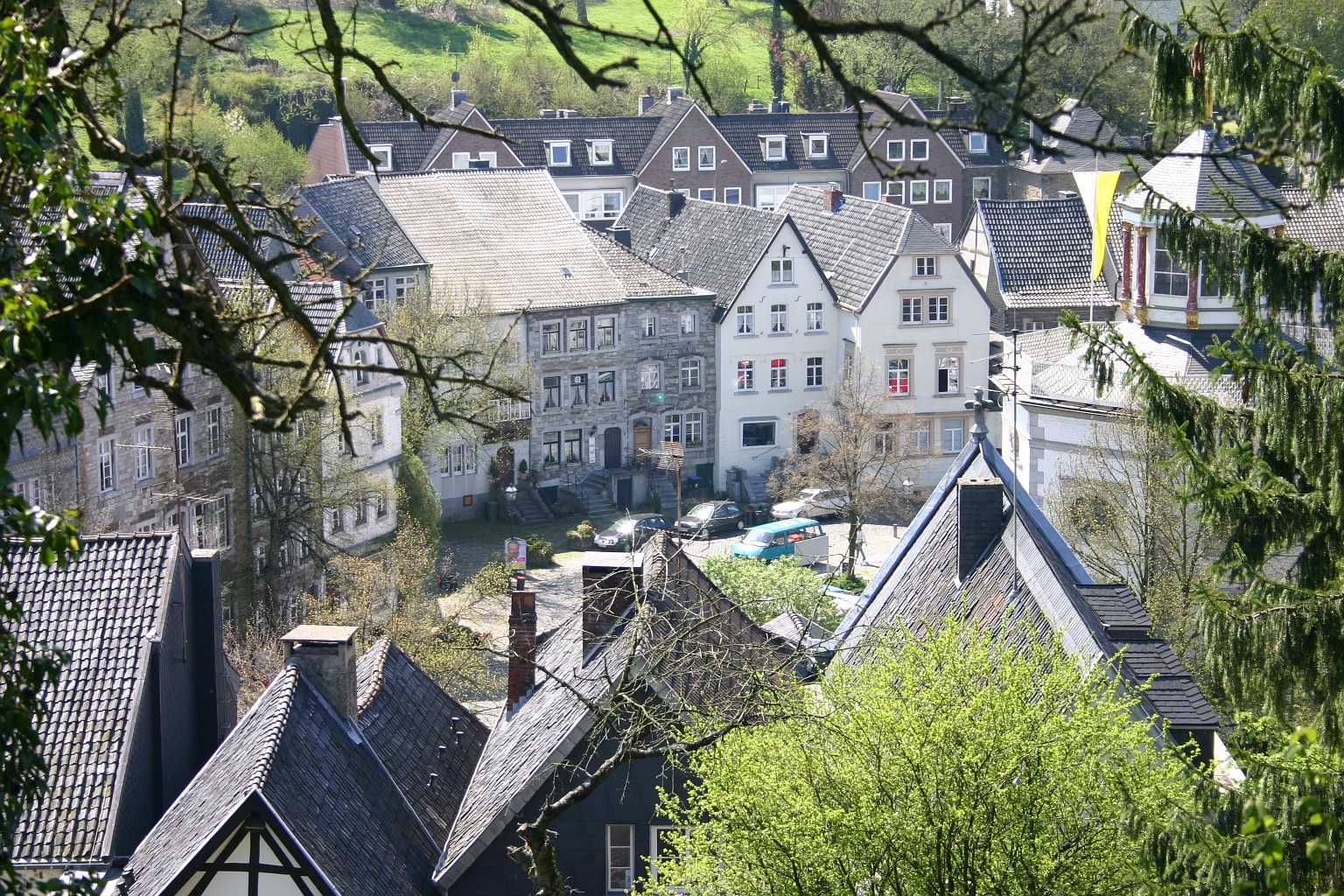|
Sunuci
The Sunuci (or Sinuci or Sunici) was the name of a tribal grouping with a particular territory within the Roman province of Germania Inferior, which later became Germania Secunda. Within this province, they were in the ''Civitas Agrippinenses'', with its capital at Cologne. They are thought to have been a Germanic tribe, speaking a Germanic language, although they may also have had a mixed ancestry. They lived between the Meuse (Dutch ''Maas'', Latin ''Mosa'') and Rur rivers in Roman imperial times. In modern terms this was probably in the part of Germany near Aachen, Jülich, Eschweiler and Düren, and the neighbouring areas in the southern Netherlands, around Valkenburg, and eastern Belgium, in part of the old Duchy of Limburg. There is a town just over the Belgian border from Aachen called Sinnich, in Voeren, which may owe its name to them. In other words, they lived just north of the modern northern limits of Romance languages derived from Latin. Name The etymology of the na ... [...More Info...] [...Related Items...] OR: [Wikipedia] [Google] [Baidu] |
Roman Province
The Roman provinces (Latin: ''provincia'', pl. ''provinciae'') were the administrative regions of Ancient Rome outside Roman Italy that were controlled by the Romans under the Roman Republic and later the Roman Empire. Each province was ruled by a Roman appointed as governor. For centuries it was the largest administrative unit of the foreign possessions of ancient Rome. With the administrative reform initiated by Diocletian, it became a third level administrative subdivision of the Roman Empire, or rather a subdivision of the imperial dioceses (in turn subdivisions of the imperial prefectures). Terminology The English word ''province'' comes from the Latin word ''provincia''. In early Republican times, the term was used as a common designation for any task or set of responsibilities assigned by the Roman Senate to an individual who held ''imperium'' (right of command), which was often a military command within a specified theatre of operations. In time, the term became t ... [...More Info...] [...Related Items...] OR: [Wikipedia] [Google] [Baidu] |
Voeren
Voeren (; ) is a Flanders, Flemish Dutch language, Dutch-speaking Municipalities of Belgium, municipality with Municipalities with language facilities, facilities for the Walloons, French-speaking minority, located in the Belgium, Belgian province of Limburg (Belgium), Limburg. Bordering the Netherlands to the north and the Wallonia region's Liège Province () to the south, it is geographically detached from the rest of Flanders, making Voeren an Enclave and exclave, exclave of Flanders. Voeren's name is derived from that of a small right-bank tributary of the Meuse, the Voer, which flows through the municipality. The current municipality of Voeren was established by the municipal reform of 1977. On 1 January 2008, Voeren had a total population of 4,207. Its total area is , giving a population density of . About 25% of the population is made up of foreign nationals, most of whom have Dutch people, Dutch nationality. Villages The municipality consists of the six villages of 's-G ... [...More Info...] [...Related Items...] OR: [Wikipedia] [Google] [Baidu] |
Sicambri
The Sicambri, also known as the Sugambri or Sicambrians, were a Germanic people who during Roman times lived on the east bank of the river Rhine, in what is now Germany, near the border with the Netherlands. They were first reported by Julius Caesar, who described them as Germanic (''Germani''), though he did not necessarily define this in terms of language. Whether or not the Sicambri spoke a Germanic or Celtic language, or something else, is not certain, because they lived in the so-called Nordwestblock zone where these two language families came into contact and were both influential. By the 3rd century, the region in which they and their neighbours had lived had become part of the territory of the Franks, which was a new name that possibly represented a new alliance of older tribes, possibly including the Sicambri. However, many Sicambri had been moved into the Roman empire by this time. Language The material culture of the Sicambri which was a variant of the La Tène cultu ... [...More Info...] [...Related Items...] OR: [Wikipedia] [Google] [Baidu] |
Cugerni
The Cugerni (or Cuberni or Guberni) were a Germanic tribal grouping with a particular territory within the Roman province of Germania Inferior, which later became Germania Secunda. More precisely they lived near modern Xanten, and the old Castra Vetera, on the Rhine. This part of Germania Secunda was called the ''Civitas'' or ''Colonia Traiana'' (polity or colony of Trajan), and it was also inhabited by the Betasii. Name The variants ''Cugerni'', used by Tacitus and in the epigraphic record, and ''Cuberni'', attested by Pliny and a single inscription, presumably originated from different spelling traditions. The name of the Cugerni is not recorded as one which ever existed on the east of the Rhine, unlike the Ubii, but the Cugerni are thought to descend at least partly from a part of the Sicambri, who had already been present just over the Rhine in the time of Caesar, and then moved over the Rhine. However as with the Batavi and Tungri and other tribes of the region during Roman ... [...More Info...] [...Related Items...] OR: [Wikipedia] [Google] [Baidu] |
Ubii
350px, The Ubii around AD 30 The Ubii were a Germanic tribe first encountered dwelling on the east bank of the Rhine in the time of Julius Caesar, who formed an alliance with them in 55 BC in order to launch attacks across the river. They were transported in 39 BC by Marcus Vipsanius Agrippa to the west bank, apparently at their own request, as they feared the incursions of their neighbors, the Chatti. A colony for Roman veterans was founded in 50 AD under the patronage of Agrippa's granddaughter, Agrippina the Younger, who had been born at Ara Ubiorum, the capital of the Ubii. The colony derived its title from the names of Agrippina and her husband, the emperor Claudius, and received the name ''Colonia Claudia Ara Augusta Agrippinensium'', which is the origin of the city's modern name, Cologne. Alongside the allotment of land to veterans, the existing town of Ara Ubiorum was elevated to the status of a '' colonia'', which would have conferred many privileges on the inhabitants. ... [...More Info...] [...Related Items...] OR: [Wikipedia] [Google] [Baidu] |
Tungri
The Tungri (or Tongri, or Tungrians) were a tribe, or group of tribes, who lived in the Belgic part of Gaul, during the times of the Roman Empire. Within the Roman Empire, their territory was called the ''Civitas Tungrorum''. They were described by Tacitus as being the same people who were first called "''Germani''" ( Germanic), meaning that all other tribes who were later referred to this way, including those in Germania east of the river Rhine, were named after them. More specifically, Tacitus was thereby equating the Tungri with the "''Germani Cisrhenani''" described generations earlier by Julius Caesar. Their name is the source of several place names in Belgium, Germany and the Netherlands, including Tongeren, Tongerlo Abbey, and Tongelre. image:Germanie-inferieure.jpg, 301x301px, The Roman province of Germania Inferior, showing Atuatuca, modern Tongeren, the capital of the Tungri (Tongres). Places associated with the Tungri are in bright green. It was on the road between Amiens ... [...More Info...] [...Related Items...] OR: [Wikipedia] [Google] [Baidu] |
Kornelimünster
Kornelimünster ( ksh, Mönster) is a town in the rural ''Münsterländchen'' area of Kornelimünster/Walheim, a district of Aachen, Germany. History The Kornelimünster Abbey was founded in 814 on the Inde River by Benedict of Aniane (750–821), at the suggestion of Louis the Pious, son and successor of Charlemagne. The cloister was originally called Redeemer Cloister on the Inde (''Erlöserkloster an der Inde''). In the middle of the 9th century, the cloister was given imperial immediacy and subsequently came into possession of a large swath of area surrounding the church. In 875, certain reliquaries were exchanged for one belonging to the martyr saint, Pope Cornelius (who died in 253). The cloister thereafter became known as Sancti Cornelii ad Indam (St Cornelius on the Inde), and then Kornelimünster. Today, the official title of the abbey is the Abbey of St Benedict of Aniane and Pope Cornelius. In 1500 the abbey became part of the Lower Rhenish–Westphalian Circle, ... [...More Info...] [...Related Items...] OR: [Wikipedia] [Google] [Baidu] |
Heimbach
Heimbach is a town in the district of Düren of the state of North Rhine-Westphalia, Germany. It is located on the river Rur, in the Eifel hills, approx. 20 km south of Düren. Heimbach has the smallest population of any town in North Rhine-Westphalia. The districts of the city are Blens (290 residents), Düttling (80 residents), Hasenfeld (1200 residents), Hausen (290 residents), Hergarten (600 residents) and Vlatten (1000 residents), which prior to 1972 were villages with their own administration. Between Hausen and Hergarten lies the hamlet of Walbig, and between Hasenfeld and Schmidt (City of Nideggen) is the hamlet of Buschfelder Hof, which formerly belonged to Blens. History Heimbach and the city's Hengebach Castle was the seat of the local noble family which inherited the County of Jülich in 1207, with Heimbach annexed to the County (later the Duchy) since 1237. After the fire of 1687 the city of Heimbach was rebuilt to house the town's population; however, t ... [...More Info...] [...Related Items...] OR: [Wikipedia] [Google] [Baidu] |
Rhineland
The Rhineland (german: Rheinland; french: Rhénanie; nl, Rijnland; ksh, Rhingland; Latinised name: ''Rhenania'') is a loosely defined area of Western Germany along the Rhine, chiefly its middle section. Term Historically, the Rhinelands refers (physically speaking) to a loosely defined region embracing the land on the banks of the Rhine in Central Europe, which were settled by Ripuarian and Salian Franks and became part of Frankish Austrasia. In the High Middle Ages, numerous Imperial States along the river emerged from the former stem duchy of Lotharingia, without developing any common political or cultural identity. A "Rhineland" conceptualization can be traced to the period of the Holy Roman Empire from the sixteenth until the eighteenth centuries when the Empire's Imperial Estates (territories) were grouped into regional districts in charge of defence and judicial execution, known as Imperial Circles. Three of the ten circles through which the Rhine flowed referr ... [...More Info...] [...Related Items...] OR: [Wikipedia] [Google] [Baidu] |
Germanic Languages
The Germanic languages are a branch of the Indo-European language family spoken natively by a population of about 515 million people mainly in Europe, North America, Oceania and Southern Africa. The most widely spoken Germanic language, English, is also the world's most widely spoken language with an estimated 2 billion speakers. All Germanic languages are derived from Proto-Germanic, spoken in Iron Age Scandinavia. The West Germanic languages include the three most widely spoken Germanic languages: English with around 360–400 million native speakers; German language, German, with over 100 million native speakers; and Dutch language, Dutch, with 24 million native speakers. Other West Germanic languages include Afrikaans, an offshoot of Dutch, with over 7.1 million native speakers; Low German, considered a separate collection of Standard language, unstandardized dialects, with roughly 4.35–7.15 million native speakers and probably 6.7–10 million people who can understand ... [...More Info...] [...Related Items...] OR: [Wikipedia] [Google] [Baidu] |
Celtic Languages
The Celtic languages ( usually , but sometimes ) are a group of related languages descended from Proto-Celtic. They form a branch of the Indo-European language family. The term "Celtic" was first used to describe this language group by Edward Lhuyd in 1707, following Paul-Yves Pezron, who made the explicit link between the Celts described by classical writers and the Welsh and Breton languages. During the 1st millennium BC, Celtic languages were spoken across much of Europe and central Anatolia. Today, they are restricted to the northwestern fringe of Europe and a few diaspora communities. There are six living languages: the four continuously living languages Breton, Irish, Scottish Gaelic and Welsh, and the two revived languages Cornish and Manx. All are minority languages in their respective countries, though there are continuing efforts at revitalisation. Welsh is an official language in Wales and Irish is an official language of Ireland and of the European Union. Welsh ... [...More Info...] [...Related Items...] OR: [Wikipedia] [Google] [Baidu] |






